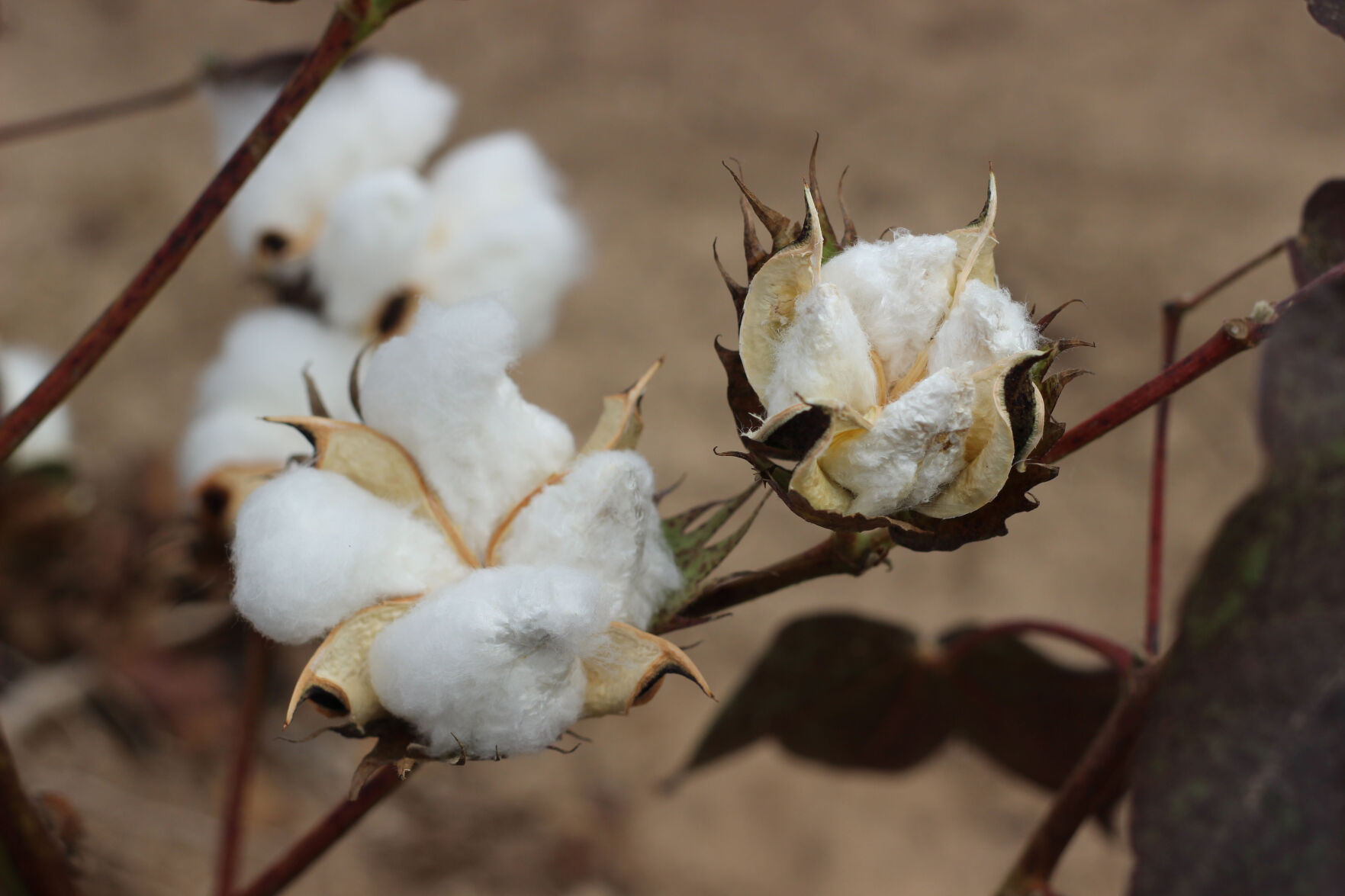While the COVID-19 virus and subsequent medical research has dominated the news headlines for much of 2020, the minds at Cotton Incorporated have continued their studies of the diseases that affect cotton across the plains. Cotton Incorporated is a not-for-profit company providing the resources and research needed to help companies develop and market cotton products. Kater Hake, Cotton Incorporated vice-president of agricultural and environmental research, said one of the things he has learned through his years of work in cotton research is that every year is unique when it comes to above-ground pathogens.
“The pathogens that are below ground, such as nematodes and cotton root rot, are pretty stable from year to year; they’re similar to weeds in that way,” Hake said. “But these above-ground pathogens are strongly influenced by what goes on in the above-ground environment.”
Hake noted extremes in rainfall as a major contributor to the pathogens that affect the cotton crop in any given year. He said low rainfall has a significant impact not only on foliar fungi like target spot, but also winged-insects like aphids that have a hard time moving from field to field with dry, hot wind storms moving through, and severe desiccation has an impact on the ability of white flies to move viruses from one field to another.
Diseases in 2020
To better understand the different ailments that can plague cotton, Cotton Incorporated developed teams to focus on each category of disease. The foliar pathogen team has been primarily focused on target spot, which is an invasive fungus from South America.
“Target spot foliates the bottom leaves, which is why it’s really difficult from a management standpoint because it often takes those leaves off too early and causes the cotton bolls to be immature and low yielding,” Hake said. “We’ve learned that two applications of expensive fungicide can stop it, but it’s got to be applied early, before canopy closure and before it spreads.”
Hake said the biggest uncertainty with applying fungicide is predicting when producers need to invest. The foliar pathogen team has been focused on predictive tools and will be adding a new pathogen to research in 2021 that came over from Brazil, called ramularia or areolate mildew. Hake said it has developed a foothold in the southwest, particularly in Georgia and Alabama.
The nematode team has been targeting commercial varieties and nematicides and looking for the next generation of non-GMO traits, developing breeding tools to speed the adoption of nematode traits and evaluating cultural practices to suppress nematodes. Hake said the biggest success this team has had in the nematode area is in the reniform nematode category. Reniform nematodes are aggressive and parasitic, but have no obvious symptoms. They are also desiccation-tolerant, so they are easily spread on equipment. The Cotton Incorporated nematode team has made progress with reniform resistant non-GMO traits and it is working on a root-knot nematode.
“These diseases evolve often, so we always have to be one step ahead of them,” Hake said.
The cotton leaf roll dwarf virus team saw minimal yield losses from the disease in 2020, however, Hake noted the virus’ widespread reach and unpredictability. He said the main concern with this virus, which is transmitted by aphids, are the symptoms it can impose at the end of the year for cotton growers—with the worst symptom being lack of bolls. The early symptoms are diverse, confusing and often disappear, making it difficult to diagnose.
For the fusarium team, their focus has been on screening, breeding and biocontrol for fusarium tolerance. Hake said fusarium diseases are formidable because once they get into a field they are persistent and will stay around for at least 25 years, and in some cases forever. According to Hake, the virus jumped from Asia to California, then from California to El Paso, Texas, likely on planting seed.
“As we have learned with the coronavirus, we have to be vigilant of mutations that occur in pathogens because, as we know with a vaccine, if there is a mutation with the virus, that vaccine may not work,” Hake explained.
So far, fusarium viruses are not controlled with nematicides or nematode tolerant varieties. However, Hake said researchers are coming up with tolerant uplands to combat this disease.
Lacey Newlin can be reached at 620-227-1871 or [email protected].



